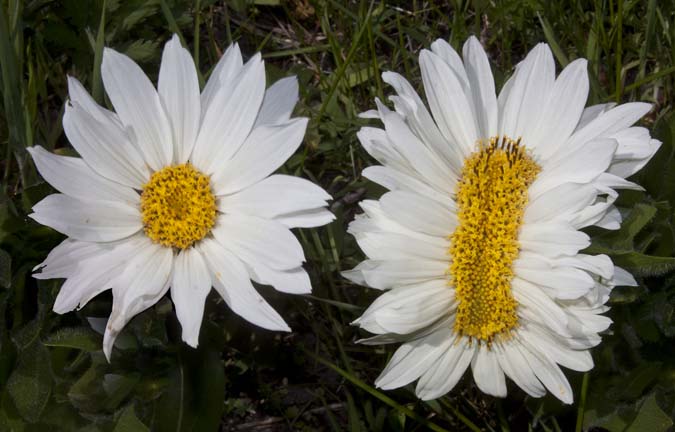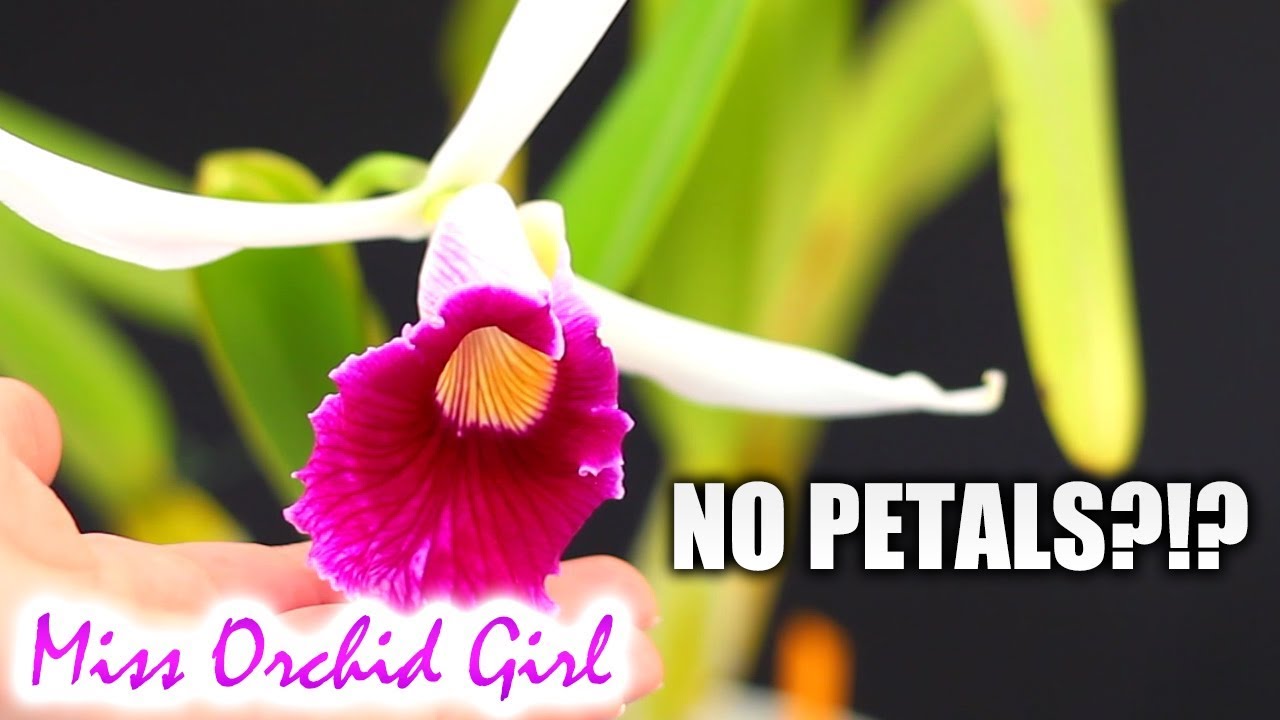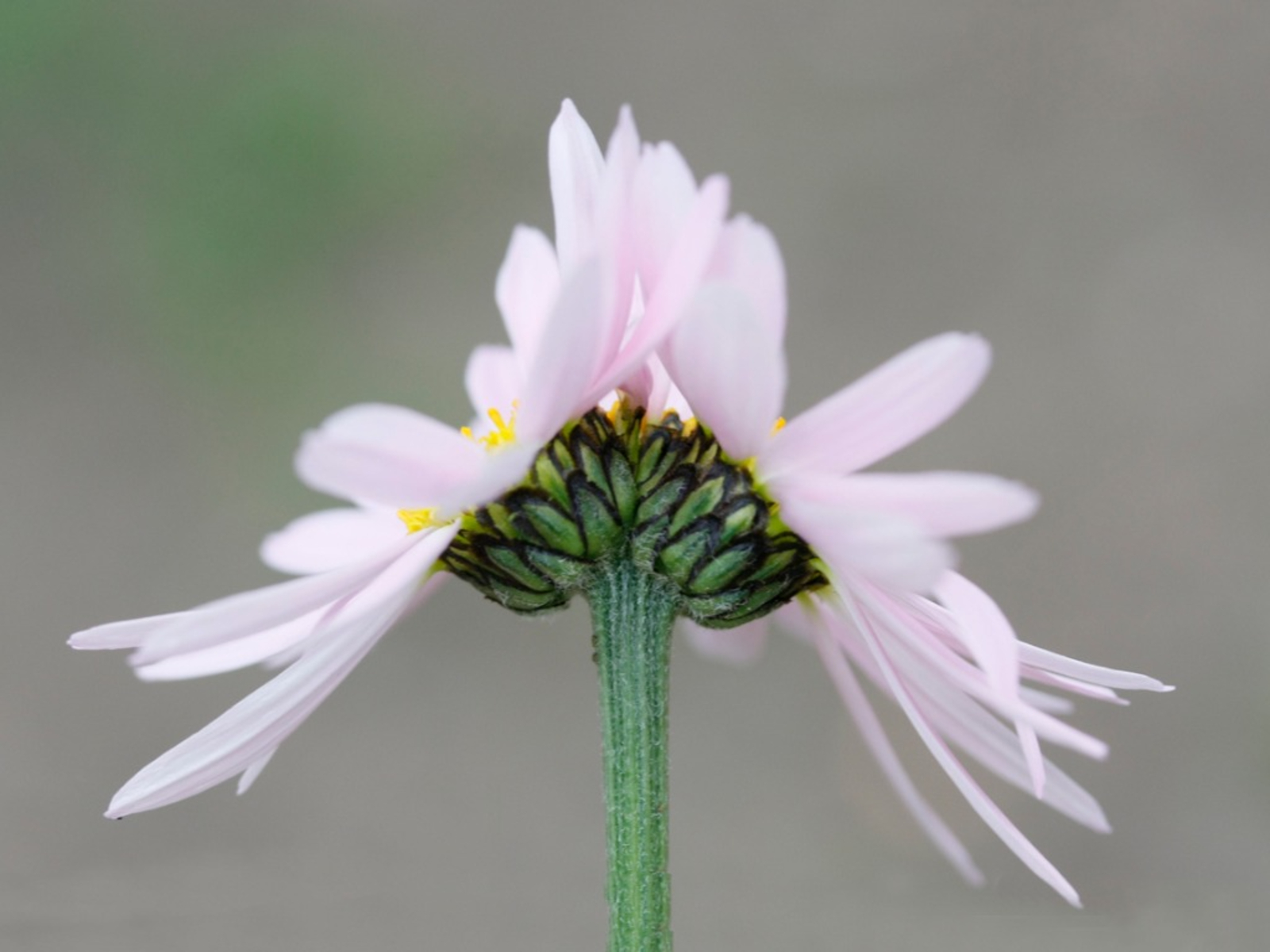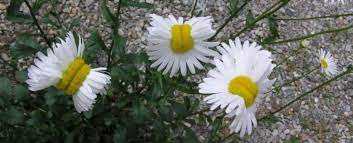The Spellbinding Phenomenon Of Flower Deformity Or Fasciation
If you've ever come across a flower stem that appears wide and flattened, spread, or fused, you've definitely come across Flower Deformity fasciation, a strange condition. Plant fasciation can result in massive, hideous stalks and blooms, or it can be subtle.
Author:Dr. Felix ChaosphereReviewer:Xander OddityMar 18, 20229 Shares620 Views

If you've ever come across a flower stem that appears wide and flattened, spread, or fused, you've definitely come across flower deformityor fasciation which is a strange condition for flowers. Plant fasciation can result in massive, hideous stalks and blooms, or it can be subtle.
What Is Fasciation And How Does It Work?
So, what precisely is fasciation in flowers? Fasciation literally translates as "banded together." Scientists are unsure what causes the malformation, but believe it is most likely due to a hormonal imbalance.
This imbalance might be produced by insects, illnesses, or physical injury to the plant, or it can be the product of a chance mutation.
Consider it a chance event.
It does not infect other plants or portions of the same plant.
Fasciated plantsproduce thick, frequently flattened branches with enormous blooms, or flower heads with significantly more flowers than is typical.
The level of flower deformity distortion in flowers is determined by the location of the damage.
A larger percentage of the plant is affected by fasciations close to the ground.
Is Fasciation Treatable?
Is it possible to treat fasciation once it has been identified?
In a nutshell, no.
You can't fix fasciation on that particular stem once the damage has been done.
You may be able to clip out the problematic stems without harming the plant in some circumstances.
The good newsis that perennials with fasciation may return to normal the next year, eliminating the need to remove the plant.
Fascination in plants isn't always a bad thing.
A fan-tailed willow's fasciation makes it an appealing landscaping shrub.
Fasciation distortion of blooms, such as the celosia's cauliflower-like heads, is part of the plant's allure.
Desirable fasciations include the crested saguaro cactus, fasciated Japanese cedar, beefsteak tomatoes, and broccoli.
While fasciation in flowers is normally a one-time occurrence, it can sometimes be passed down through the generations since it is carried in the plant's genetic makeup.
To maintain the unique traits of fasciated plants, they are frequently propagated vegetatively.
What Is The Cause Of Fasciation?
Hormonal abnormalities in meristematic (growth) cells of plants can produce fasciation. Genetic mutation can produce fasciation. The infections can cause fasciation. Many fasciated plants have tested negative for the bacterial phytopathogen Rhodococcus fascians, which has been shown to induce fasciation in sweet pea (Lathyrus odoratus) plants. [better source] So bacterial infection is not the sole cause.
Fasciation can also be caused by fungi, mites, insects, or chemicals.
Fasciation can be caused by damage to a plant's growth tip or by cold and frost. Peas and cockscomb Celosia are examples.
Fasciation is not contagious, although the bacteria that cause it can be transported from affected plants to others via wounds and water.

Distorted Orchid flowers and glitches - What could cause them?
Conclusion
Some plants are developed and prized for their ability to create fasciation. Fasciation or flower deformity can be caused by a variety of factors, including hormonal, genetic, bacterial, fungal, viral, and environmental factors.

Dr. Felix Chaosphere
Author
Dr. Felix Chaosphere, a renowned and eccentric psychiatrist, is a master of unraveling the complexities of the human mind. With his wild and untamed hair, he embodies the essence of a brilliant but unconventional thinker. As a sexologist, he fearlessly delves into the depths of human desire and intimacy, unearthing hidden truths and challenging societal norms.
Beyond his professional expertise, Dr. Chaosphere is also a celebrated author, renowned for his provocative and thought-provoking literary works. His written words mirror the enigmatic nature of his persona, inviting readers to explore the labyrinthine corridors of the human psyche.
With his indomitable spirit and insatiable curiosity, Dr. Chaosphere continues to push boundaries, challenging society's preconceived notions and inspiring others to embrace their own inner tumult.

Xander Oddity
Reviewer
Xander Oddity, an eccentric and intrepid news reporter, is a master of unearthing the strange and bizarre. With an insatiable curiosity for the unconventional, Xander ventures into the depths of the unknown, fearlessly pursuing stories that defy conventional explanation. Armed with a vast reservoir of knowledge and experience in the realm of conspiracies, Xander is a seasoned investigator of the extraordinary.
Throughout his illustrious career, Xander has built a reputation for delving into the shadows of secrecy and unraveling the enigmatic. With an unyielding determination and an unwavering belief in the power of the bizarre, Xander strives to shed light on the unexplained and challenge the boundaries of conventional wisdom. In his pursuit of the truth, Xander continues to inspire others to question the world around them and embrace the unexpected.
Latest Articles
Popular Articles

